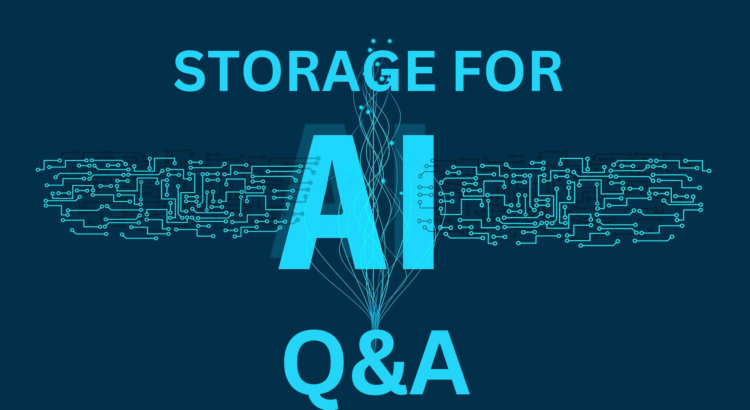Our recent SNIA Data, Networking & Storage Forum (DNSF) webinar, “AI Storage: The Critical Role of Storage in Optimizing AI Training Workloads,” was an insightful look at how AI workloads interact with storage at every stage of the AI data pipeline with a focus on data loading and checkpointing. Attendees gave this session a 5-star rating and asked a lot of wonderful questions. Our presenter, Ugur Kaynar, has answered them here. We’d love to hear your questions or feedback in the comments field.
Q. Great content on File and Object Storage, Are there any use cases for Block Storage in AI infrastructure requirements?
A. Today, by default, AI frameworks cannot directly access block storage, and need a file system to interact with block storage during training. Block storage provides raw storage capacity, but it lacks the structure needed to manage files and directories. Like most AI frameworks, PyTorch depends on a file system to manage and access data stored on block storage.
Q. Do high speed networks make some significant enhancements to I/O and checkpointing process?
A. High-speed networks enable faster data transfer rates and the I/O bandwidth can be better utilized which can significantly reduce the time required to save checkpoints. This minimizes downtime and helps maintain system performance.
However, it is important to keep in mind that the performance of checkpointing depends on both the storage network and the storage system. It’s essential to maintain a balance between the two for optimal results.
If the network is fast but the storage system is slow, or vice versa, the slower component will create a bottleneck. This imbalance can lead to inefficiencies and longer checkpointing times. When both the network and storage systems are balanced, data can flow smoothly between them. This maximizes throughput, ensuring that data is written to storage as quickly as it is transferred over the network.
Q. What is the rule of thumb or range of storage throughput per GPU?
A. Please see answer below.
Q. What is the typical IO performance requirements for AI training in terms of IOs per second, bytes per second? Read More
